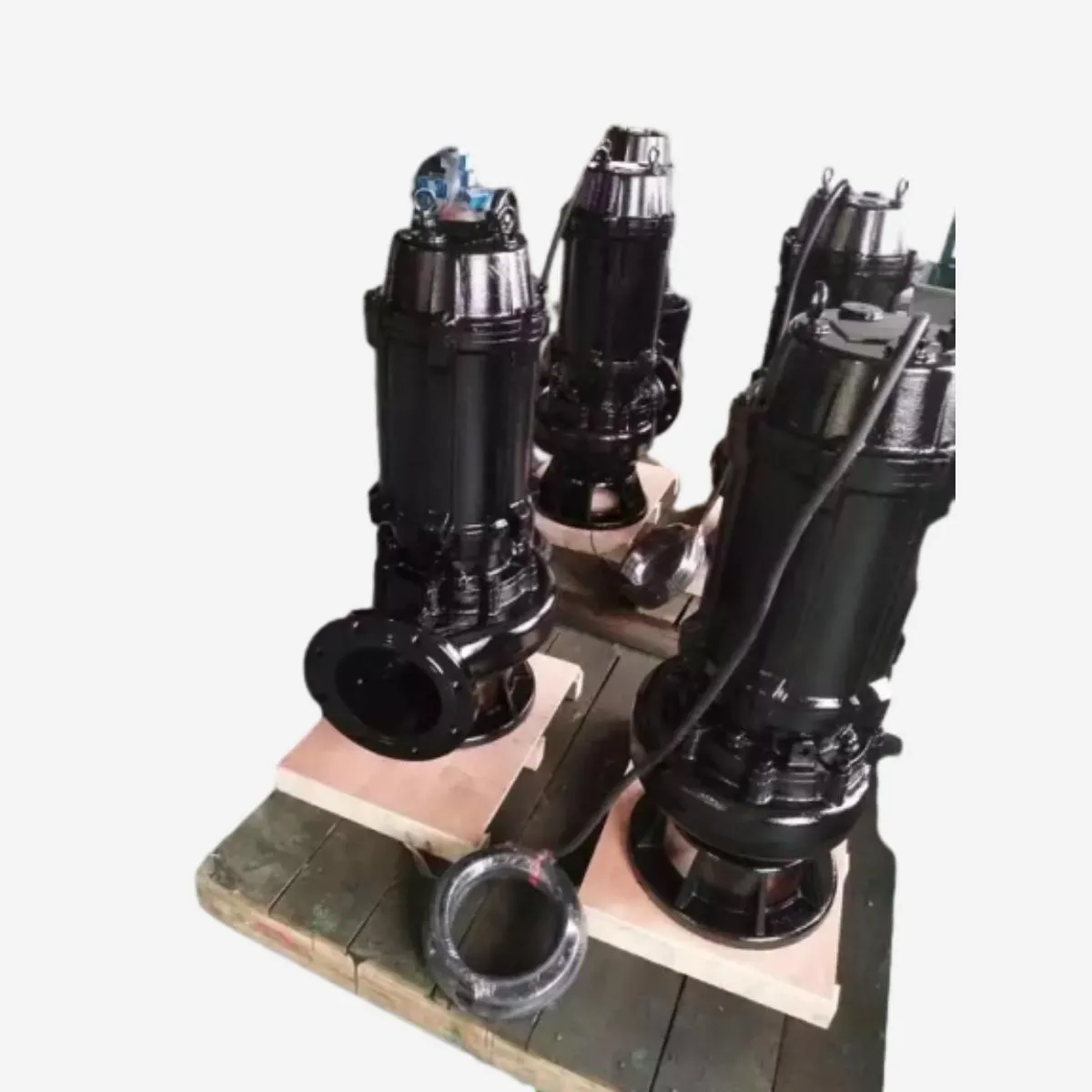Georgian
- Afrikaans
- Albanian
- Amharic
- Arabic
- Armenian
- Azerbaijani
- Basque
- Belarusian
- Bengali
- Bosnian
- Bulgarian
- Catalan
- Cebuano
- Corsican
- Croatian
- Czech
- Danish
- Dutch
- English
- Esperanto
- Estonian
- Finnish
- French
- Frisian
- Galician
- Georgian
- German
- Greek
- Gujarati
- Haitian Creole
- hausa
- hawaiian
- Hebrew
- Hindi
- Miao
- Hungarian
- Icelandic
- igbo
- Indonesian
- irish
- Italian
- Japanese
- Javanese
- Kannada
- kazakh
- Khmer
- Rwandese
- Korean
- Kurdish
- Kyrgyz
- Lao
- Latin
- Latvian
- Lithuanian
- Luxembourgish
- Macedonian
- Malgashi
- Malay
- Malayalam
- Maltese
- Maori
- Marathi
- Mongolian
- Myanmar
- Nepali
- Norwegian
- Norwegian
- Occitan
- Pashto
- Persian
- Polish
- Portuguese
- Punjabi
- Romanian
- Russian
- Samoan
- Scottish Gaelic
- Serbian
- Sesotho
- Shona
- Sindhi
- Sinhala
- Slovak
- Slovenian
- Somali
- Spanish
- Sundanese
- Swahili
- Swedish
- Tagalog
- Tajik
- Tamil
- Tatar
- Telugu
- Thai
- Turkish
- Turkmen
- Ukrainian
- Urdu
- Uighur
- Uzbek
- Vietnamese
- Welsh
- Bantu
- Yiddish
- Yoruba
- Zulu
Telephone: +86 13120555503
Email: frank@cypump.com
სექ . 24, 2024 02:38 Back to list
Understanding Lift Pumps for Effective Septic System Functionality and Maintenance
Understanding Lift Pumps for Septic Systems
In modern wastewater management, lift pumps play a crucial role, particularly within septic systems. These pumping devices are essential for transferring wastewater from lower to higher elevations, ensuring efficient processing and disposal. If you're considering the installation or maintenance of a septic system, understanding how lift pumps work and their importance can greatly benefit your approach.
The Role of Lift Pumps
Lift pumps are designed to handle wastewater that needs to be moved against gravity. In many residential or rural settings, septic systems are installed in areas where the soil's natural grade does not permit gravity to effectively transport wastewater away from the home. This is where lift pumps come into play. By using a lift pump, homeowners can ensure that wastewater flows smoothly to the treatment area or storage facility, even when the terrain is not conducive to natural drainage.
How Lift Pumps Work
Lift pumps operate by using a motor to drive an impeller. Once activated, the impeller spins, creating a vacuum that pulls wastewater into the pump. The system is typically equipped with a float switch, which signals the pump to turn on and off based on the wastewater levels in the tank. When the water level rises to a certain point, the float switch activates the pump to lift the water to a higher elevation, usually toward the drain field or leach field, where further treatment occurs.
Types of Lift Pumps
There are various types of lift pumps suited for different applications. The most common types include
lift pump for septic system

2. Effluent Pumps These pumps handle the liquid that has already been treated by the septic tank. They are essential for transporting effluent to the drain field.
3. Grinder Pumps Designed for homes with lower elevations, grinder pumps can grind solid waste, allowing for efficient transport through smaller pipes.
Maintenance and Considerations
Ensuring that your lift pump operates efficiently requires regular maintenance. Here are some tips to keep in mind
- Routine Checks Inspect the pump and its components regularly for wear and tear. Listen for unusual noises, which could indicate a malfunction. - Cleaning Remove any debris or blockages that may impede the pump's operation. A clogged pump can lead to backups and costly repairs. - Professional Inspections Consider scheduling regular inspections with a septic system professional. They can offer insights and conduct any necessary repairs.
Conclusion
In summary, lift pumps are a vital component of septic systems, particularly in locations with challenging elevations. By understanding their function, the types available, and the importance of regular maintenance, homeowners can ensure their septic systems operate effectively, providing a reliable means of wastewater management. Whether you are considering installing a septic system or simply looking to maintain an existing one, recognizing the importance of lift pumps will help safeguard both your property and the environment. Investing time and resources into understanding and caring for your lift pump will ultimately pay off in the long run, preventing headaches and ensuring a smooth operation for years to come.
-
Horizontal Split Case Pump with GPT-4 Turbo | High Efficiency
NewsAug.01,2025
-
ISG Series Pipeline Pump - Chi Yuan Pumps | High Efficiency, Durable Design
NewsAug.01,2025
-
Advanced Flue Gas Desulfurization Pump with GPT-4 Turbo | Durable & Efficient
NewsJul.31,2025
-
ISG Series Vertical Pipeline Pump - Chi Yuan Pumps | Advanced Hydraulic Design&Durable Construction
NewsJul.31,2025
-
ISG Series Vertical Pipeline Pump - Chi Yuan Pumps | Energy Efficient & Low Noise
NewsJul.31,2025
-
pipeline pump - Chi Yuan Pumps Co., LTD.|High Efficiency&Low Noise
NewsJul.31,2025










